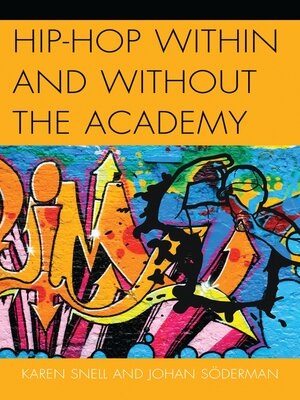
Sign up to save your library
With an OverDrive account, you can save your favorite libraries for at-a-glance information about availability. Find out more about OverDrive accounts.
Find this title in Libby, the library reading app by OverDrive.



Search for a digital library with this title
Title found at these libraries:
| Library Name | Distance |
|---|---|
| Loading... |
Hip-Hop Within and Without the Academy explores why hip-hop has become such a meaningful musical genre for so many musicians, artists, and fans around the world. Through multiple interviews with hip-hop emcees, DJs, and turntablists, the authors explore how these artists learn and what this music means in their everyday lives. This research reveals how hip-hop is used by many marginalized peoples around the world to help express their ideas and opinions, and even to teach the younger generation about their culture and tradition.
In addition, this book dives into how hip-hop is currently being studied in higher education and academia. In the process, the authors reveal the difficulties inherent in bringing this kind of music into institutional contexts and acknowledge the conflicts that are present between hip-hop artists and academics who study the culture.
Building on the notion of bringing hip-hop into educational settings, the book discusses how hip-hop is currently being used in public school settings, and how educators can include and embrace hip-hop's educational potential more fully while maintaining hip-hop's authenticity and appealing to young people. Ultimately, this book reveals how hip-hop's universal appeal can be harnessed to help make general and music education more meaningful for contemporary youth.
In addition, this book dives into how hip-hop is currently being studied in higher education and academia. In the process, the authors reveal the difficulties inherent in bringing this kind of music into institutional contexts and acknowledge the conflicts that are present between hip-hop artists and academics who study the culture.
Building on the notion of bringing hip-hop into educational settings, the book discusses how hip-hop is currently being used in public school settings, and how educators can include and embrace hip-hop's educational potential more fully while maintaining hip-hop's authenticity and appealing to young people. Ultimately, this book reveals how hip-hop's universal appeal can be harnessed to help make general and music education more meaningful for contemporary youth.







